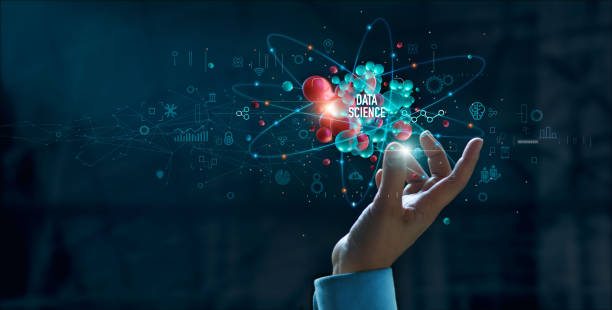Data Science vs. Data Analytics – Understanding Their Distinct Focus Areas
In the realm of data-driven decision-making, two terms often surface – Data Science and Data Analytics. While they are related and often used interchangeably, they represent distinct disciplines with different focuses and methodologies. Here, we delve into their key differences and explore how each contributes uniquely to extracting value from data. Data Science is a multidisciplinary field that combines statistics, mathematics, programming, and domain expertise to uncover hidden patterns, insights, and predictions from complex datasets. It involves sophisticated algorithms and machine learning techniques to analyze structured and unstructured data. Data scientists are tasked with understanding the underlying mechanisms driving data and creating actionable insights that drive business decisions. One of the primary goals of Data Science is to build predictive models. These models use historical data to forecast future trends or outcomes, enabling businesses to anticipate market shifts, customer behavior, and operational demands. Techniques like regression analysis, clustering, and neural networks are employed to process vast amounts of data and derive meaningful conclusions. Techniques such as data wrangling and feature engineering are crucial for preparing datasets before applying advanced analytical methods.

Moreover, Data Science involves extensive data preprocessing and cleaning. This step ensures that the data used for analysis is accurate, complete, and relevant. Data Analytics, on the other hand, focuses on deriving insights from datasets to support strategic decisions and improve business performance. It emphasizes descriptive analysis, which involves summarizing historical data to understand past trends and current conditions. Unlike Data Science, which looks forward with predictive modeling, Data Analytics primarily looks backward to explain what happened and why. The key techniques in Data Analytics include querying, reporting, and data visualization. Analysts use tools like SQL for database querying and reporting tools such as Tableau or Power BI to create visual representations of data trends and patterns. These visualizations help stakeholders grasp complex information quickly and make informed decisions based on data-driven insights. Data Analytics plays a critical role in operational efficiency and performance monitoring. Businesses use it to track key performance indicators KPIs, identify bottlenecks in processes, and optimize workflows. By understanding historical data patterns, organizations can refine their strategies and allocate resources more effectively.
While both Data Science and Data Analytics deal with data, their primary objectives and methodologies differ significantly:
Focus – Data Science focuses on predictive modeling and complex algorithms to uncover future trends and insights. Data Analytics concentrates on descriptive analysis and visualization to explain past trends and support decision-making.
Tools and Techniques – Data Science employs machine learning algorithms, statistical modeling, and big data technologies. Data Analytics uses SQL, reporting tools, and visualization software to interpret data and communicate findings.
Business Impact – Data Science drives innovation and strategic planning by predicting future outcomes. Data Analytics enhances operational efficiency and informs day-to-day decision-making through historical analysis.
In practice, these data science or data analytics disciplines are highly complementary. Data scientists often rely on insights derived from data analytics to validate models and fine-tune algorithms. Conversely, data analysts leverage predictive models created by data scientists to understand the potential impact of strategic decisions on business performance.
